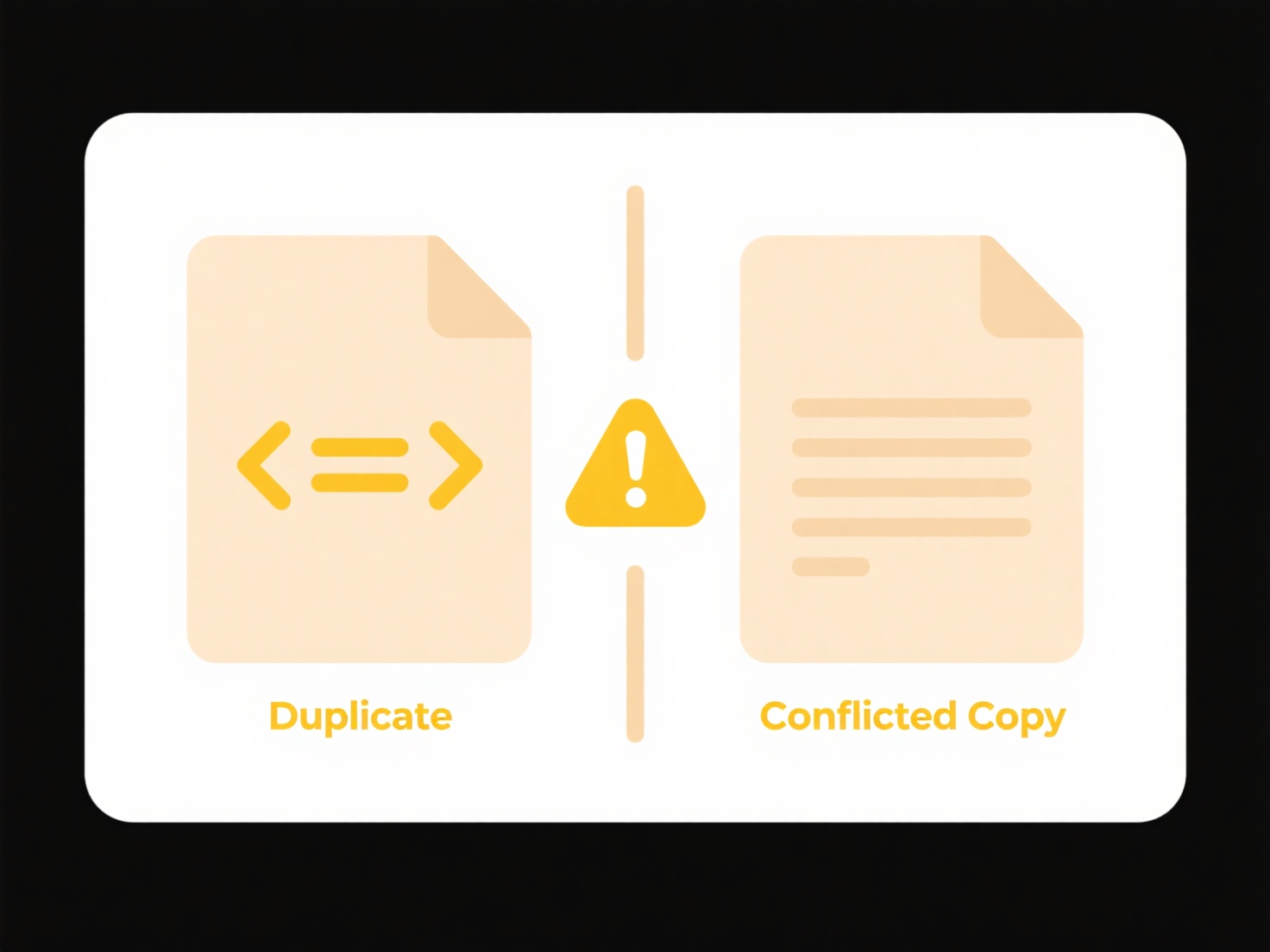
A file library is a centralized, structured repository for storing, organizing, and accessing digital files such as documents, spreadsheets, images, audio, or videos. Unlike files saved haphazardly on individual computers or scattered drives, libraries enforce organization through defined folders, consistent naming conventions, metadata tagging, and permissions. This provides a single "source of truth," simplifying search, retrieval, and management of assets for individuals or teams, ensuring everyone accesses the latest version.
File libraries are fundamental in countless settings. Businesses heavily rely on them within platforms like SharePoint or network drives to store crucial documents (HR policies, contracts, project plans) and enable secure team collaboration. Creative industries use specialized libraries (like Digital Asset Management systems) to organize vast collections of images, videos, and marketing materials, streamlining production workflows and ensuring brand consistency. Universities also utilize library management systems for course materials and research data.

File libraries significantly improve efficiency by reducing search time and eliminating duplicates, ensuring version control. Robust permissions enhance security and compliance. However, effective library use requires user adherence to organization standards; poor setup can negate benefits. Maintaining security and access controls becomes critical, especially for sensitive data. As cloud storage dominates, libraries increasingly leverage AI for auto-tagging and enhanced search, further boosting productivity while demanding clear governance strategies.
What are file libraries and how do they help?
A file library is a centralized, structured repository for storing, organizing, and accessing digital files such as documents, spreadsheets, images, audio, or videos. Unlike files saved haphazardly on individual computers or scattered drives, libraries enforce organization through defined folders, consistent naming conventions, metadata tagging, and permissions. This provides a single "source of truth," simplifying search, retrieval, and management of assets for individuals or teams, ensuring everyone accesses the latest version.
File libraries are fundamental in countless settings. Businesses heavily rely on them within platforms like SharePoint or network drives to store crucial documents (HR policies, contracts, project plans) and enable secure team collaboration. Creative industries use specialized libraries (like Digital Asset Management systems) to organize vast collections of images, videos, and marketing materials, streamlining production workflows and ensuring brand consistency. Universities also utilize library management systems for course materials and research data.

File libraries significantly improve efficiency by reducing search time and eliminating duplicates, ensuring version control. Robust permissions enhance security and compliance. However, effective library use requires user adherence to organization standards; poor setup can negate benefits. Maintaining security and access controls becomes critical, especially for sensitive data. As cloud storage dominates, libraries increasingly leverage AI for auto-tagging and enhanced search, further boosting productivity while demanding clear governance strategies.
Related Recommendations
Quick Article Links
How do I manage file access for contractors or third-parties?
Managing file access for third-parties involves granting temporary, controlled permissions to individuals outside your o...
What is the best format for archiving long-term?
Long-term archiving focuses on preserving digital information reliably for decades or centuries, prioritizing stability,...
What is the difference between a “conflicted copy” and a duplicate?
A conflicted copy occurs when a file synchronization service (like OneDrive or Dropbox) detects simultaneous, incompatib...